Most people in Perth and Dundee support more segregated cycle lanes in their cities, according to new Sustrans research.
A total of 66% of people in Perth and 65% of people in Dundee support more cycle tracks along roads, physically separated from traffic and other pedestrians, a poll shows.
Active travel charity Sustrans spoke to near 3,000 people across Dundee and Perth as part of its largest-ever report into walking, cycling and wheeling across Scotland’s seven cities.
Stewart Carruth is the charity’s interim director.
“The evidence is clear,” he says.
“The people of Scotland want the option to walk, wheel and cycle to where they need to get to.”
But is cycling still growing after pandemic boom?
His charity’s research, however, reveals only a minority of people in either city cycle once a week.
The percentage of people cycling in both cities has either plateaued or only grown very slowly.
And men were still found to be roughly twice as likely to take to two wheels as women.
In Dundee, 8% of women and 19% of men cycle weekly. In Perth the corresponding figures are 10% and 25%.
Overall, 13% of people in Dundee cycle once a week, up on 11% in 2019. The corresponding Perth figure for 2021 is 17%.
Walking remains the most popular form of active transport in 2021 with more than half of people in both cities walking five days a week.
What else does the Sustrans report tell us?
The publication of the Sustrans Walking and Cycling Index report has sparked further calls for investment in city cycling infrastructure.
Campaign groups in both cities have been pushing for more spending while opponents continue to argue that improved cycle and walking paths can worsen congestion and hurt local businesses.
Katharine Melville is campaigns director at Perth cycling group ByCycle.
She says more cycle lanes are good for local business.
“Solid research has shown that cyclists and walkers have more time to potter about the shops.
“So better cycling infrastructure is good for local businesses.”
She was surprised by the figures showing lower female participation.
“ByCycle will launch its Wednesday evening series on May 25. You can bet your bottom dollar that 50% of the people that attend the first session will be female.”
But Russell Pepper, chairman of the Dundee Cycle Forum, points out cycling participation and access to high-quality infrastructure are closely linked.
He said that, anecdotally, men appeared more willing to take risks when roads did not appear, or feel, safe for city cyclists.
He called on local politicians to capitalise on the support for better paths and cycle lanes.
“The majority of people are in favour of making their streets greener and safer.
“It shows that local authorities need to build on what they are doing. They have the support for it.”
He said the participation numbers showed “how far” cities still have to go in making cycling feel like a safe and viable option for many residents.
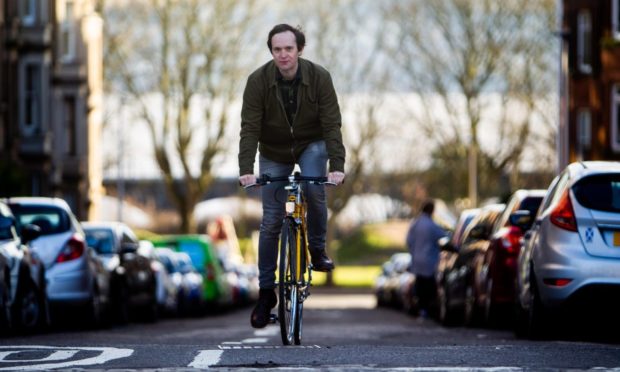
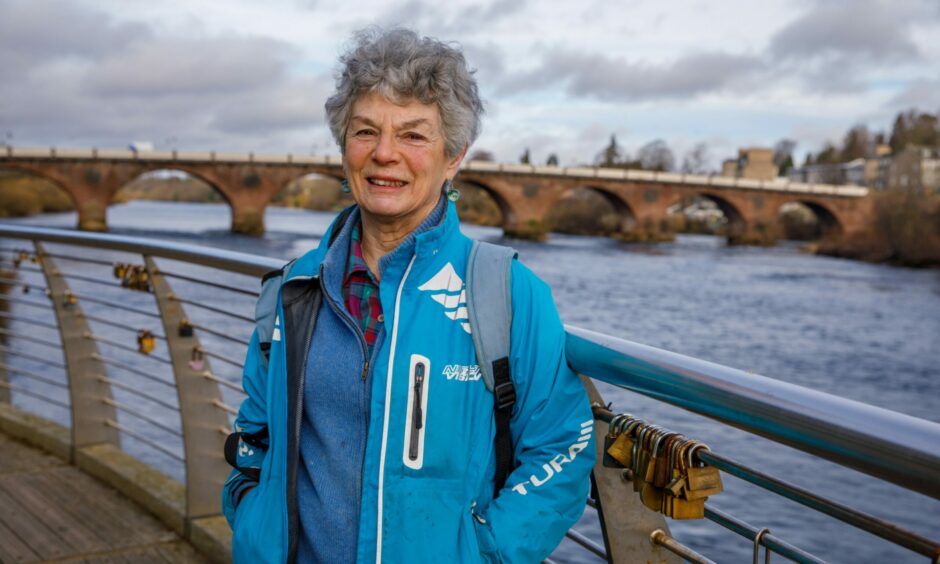
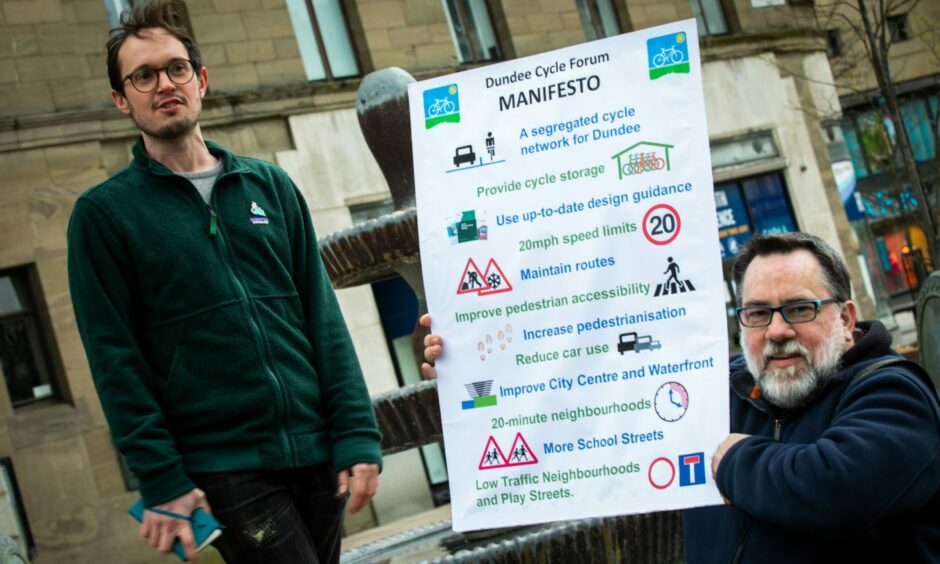
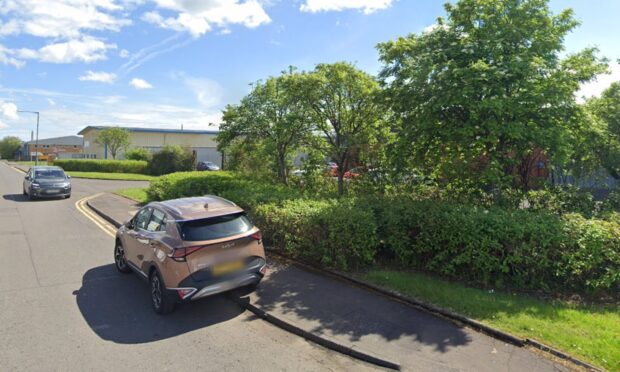








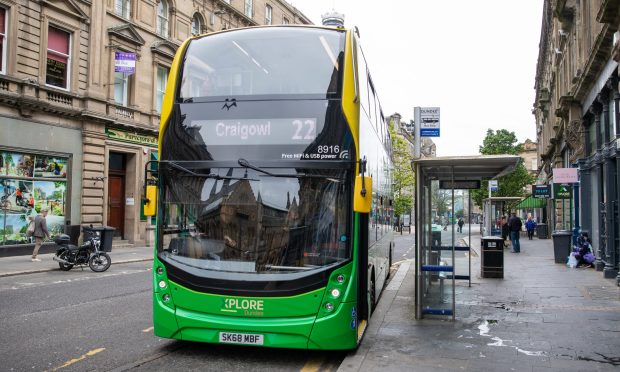
Conversation